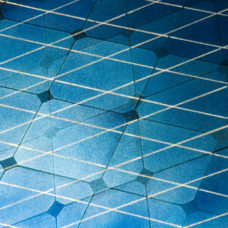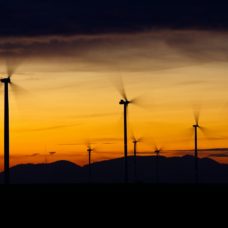Various studies in the past have explored ways to generate electricity from rain. Unfortunately, these efforts are far from adequate.
For example, the traditional hydraulic power generation method depends on bulky electromagnetic generators to function. As a result, it becomes ineffective and generates less power as the water quantity reduces.
Now, the researchers from the City University of Hong Kong developed an efficient method called a droplet-based electricity generator (DEG).
It’s a device that uses a field-effect transistor style structure to instantly generate as much as 140 volts from a single raindrop. That’s enough electricity to power up to 100 small lightbulbs for a brief period.
According to the scientists, previous generators without the structure produced a thousand times less instant power density.
The scientists wrote in their published paper in the journal Nature:
“Here, we develop a device to harvest energy from impinging water droplets by using an architecture that comprises a polytetrafluoroethylene film on an indium tin oxide substrate plus an aluminum electrode.”
Here’s how the generator works.
How to Generate Electricity From Drops of Water
The device consists of aluminum electrodes and indium tin oxide electrode, layered with PTFE — a material with a “quasi-permanent” electric charge.
A single drop of rain hitting the PTFE/Tin surface would bridge the two electrodes, and create a closed-loop circuit. In turn, the device would fully release any stored charges.
Perhaps the best thing about the generator is its ability to handle continuous rainfall. As the drops continue, charges accumulate until it reaches a saturation point when it releases it as a brief burst of energy.
Unfortunately, the device is still far from practical use. While it’s easy to generate a brief burst of energy, accumulating enough charge for continuous electricity is a bit more challenging.
Be that as it may, the potential application of the technology is glaring.
For example, we could add the generator to rooftops to offset some of the electricity use by building occupants. Also, It could help electric boats extend their range.
In the future, the technology could power IoT umbrellas or even water bottles.



















Comments (0)
Most Recent